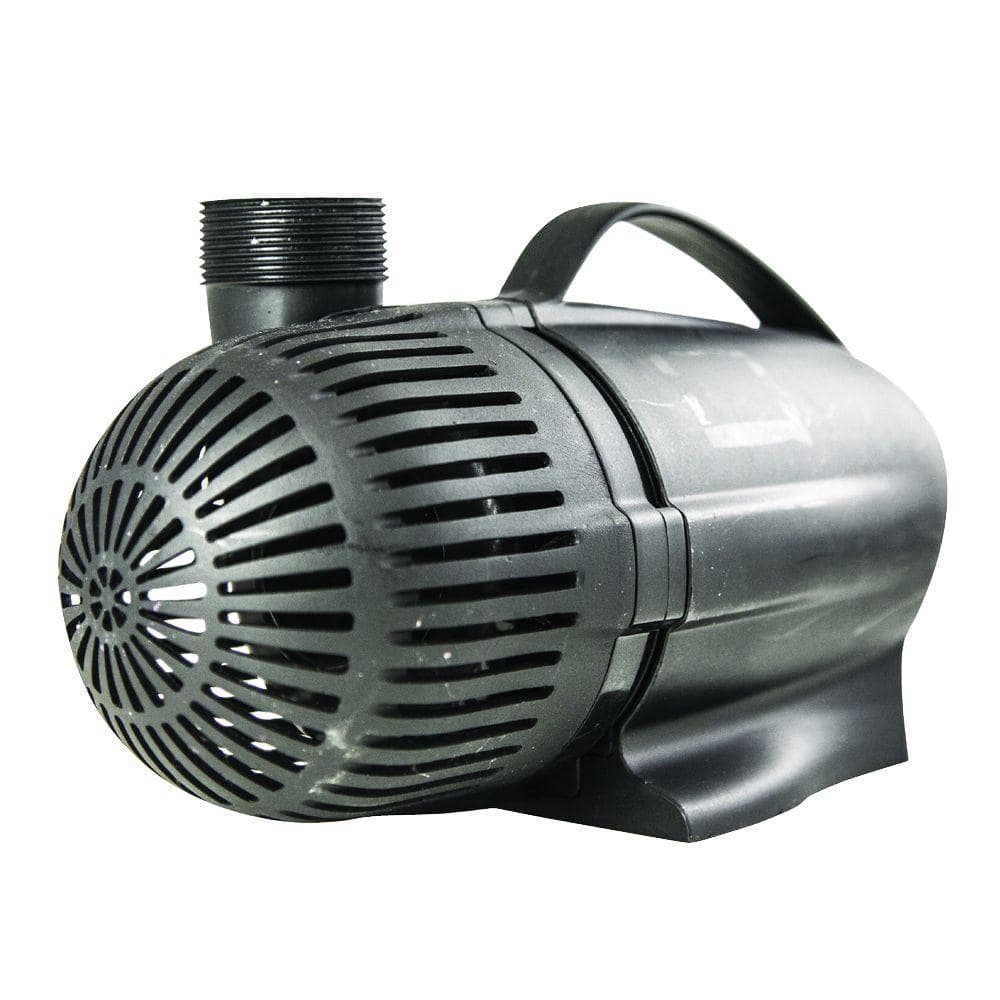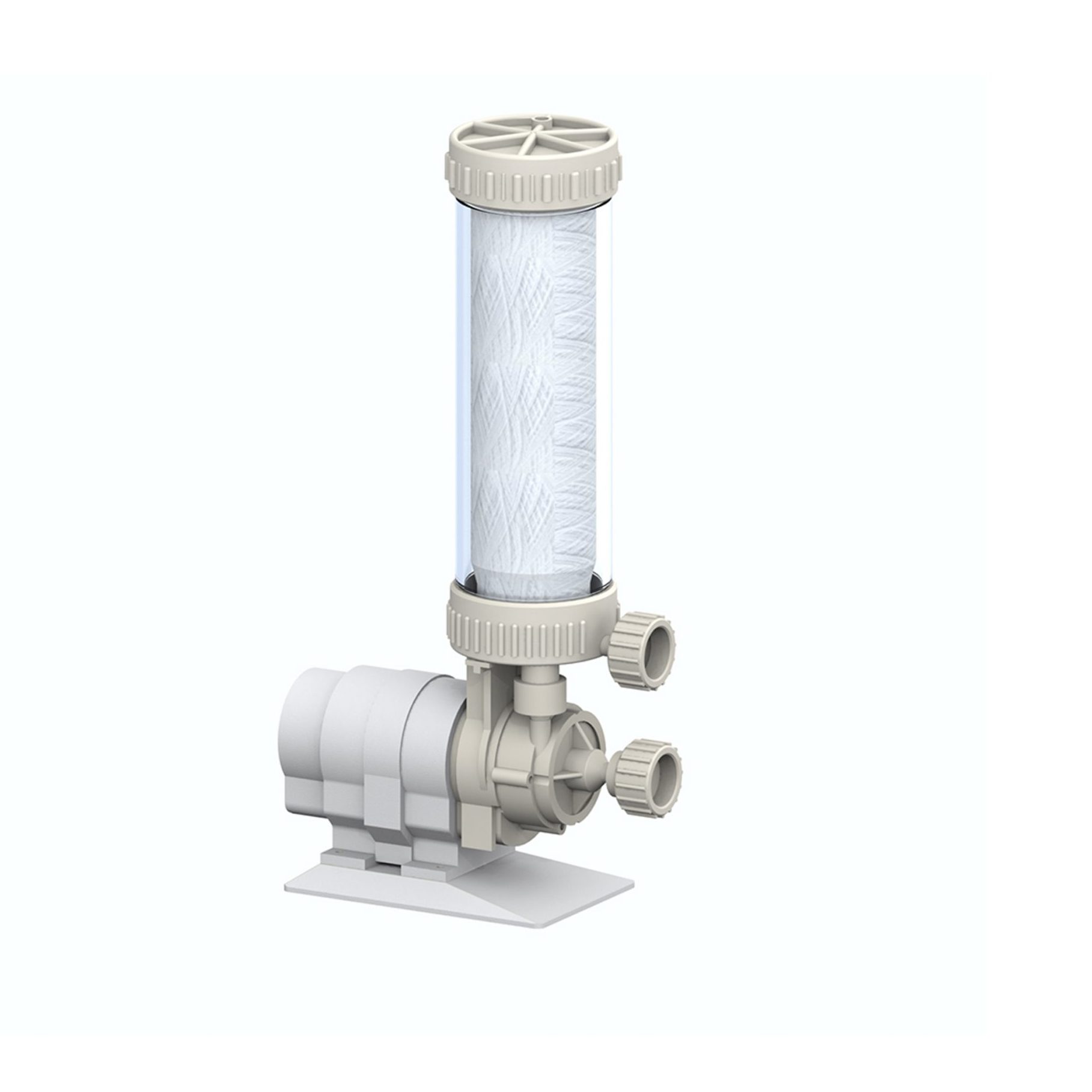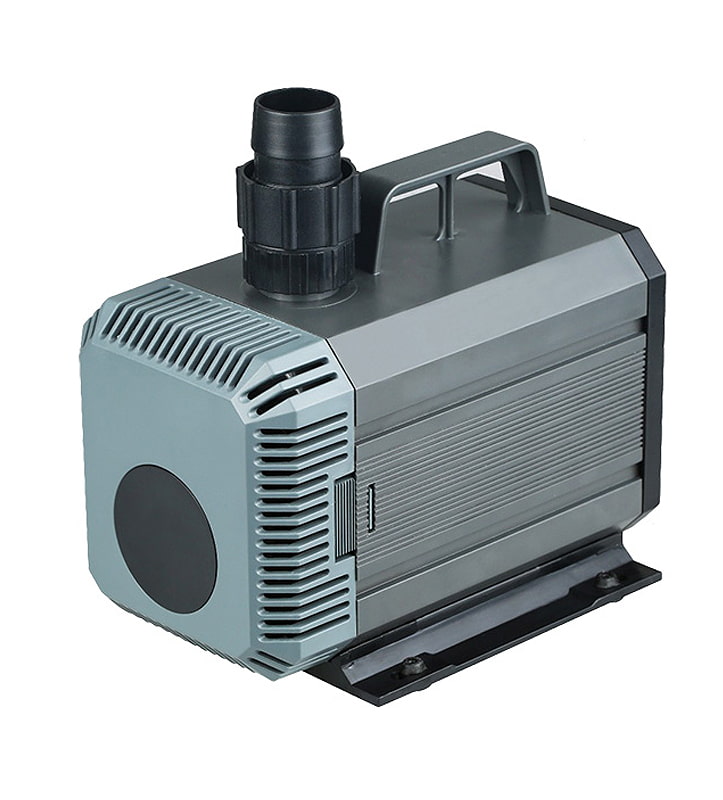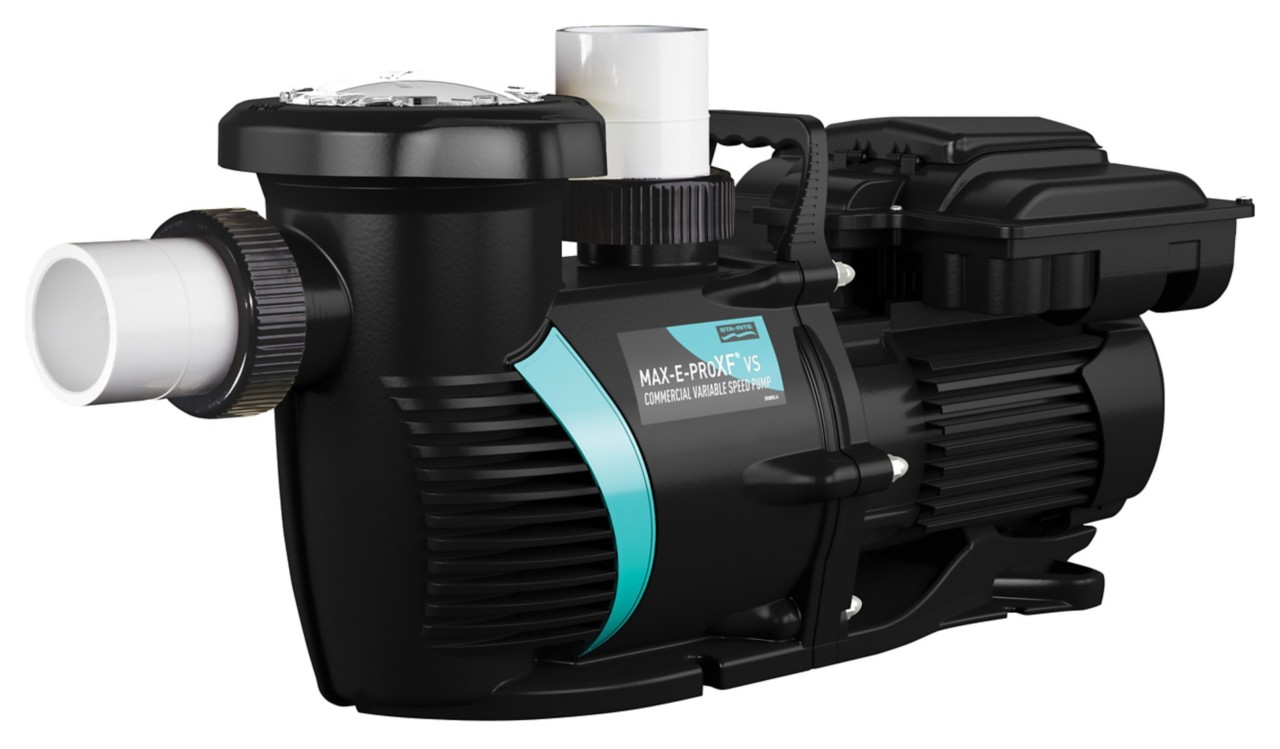The Best Pond Pumps Of
Title: The Best Pond Pumps of 2023
Introduction:
A pond pump is an essential part of any pond or water garden. It helps to circulate the water, which keeps it oxygenated and healthy for fish and plants. There are many different types of pond pumps available on the market, so it can be difficult to know which one is right for you.
In this blog post, we will discuss the different types of pond pumps, as well as the factors you should consider when choosing one. We will also recommend some of the best pond pumps on the market.
Main Content:
There are two main types of pond pumps: submersible pumps and surface pumps. Submersible pumps are submerged in the water, while surface pumps sit on the surface of the water.
Submersible pumps are more common than surface pumps, as they are more efficient and easier to install. However, they can be more difficult to clean and maintain.
Surface pumps are less efficient than submersible pumps, but they are easier to clean and maintain. They are also a good option for ponds with large fish, as they can handle more debris.
Here are some of the factors you should consider when choosing a pond pump:
- The size of your pond: The size of your pond will determine the size and capacity of the pump you need.
- The type of fish you have: If you have large fish, you will need a pump that can handle more debris.
- The features you want: Some pumps have additional features, such as a timer or a fountain nozzle.
- Your budget: Pond pumps can range in price from a few dollars to several hundred dollars.
Here are some of the best pond pumps on the market:
- VivoSun Ultra Quiet Submersible Water Pump: This pump is a great all-around option. It is efficient, quiet, and easy to install.

- Knifel High Lift Pump With Dry Burning Protection: This pump is a good option for ponds with large fish. It is durable and can handle a lot of debris.

- Tetra Debris-Handling Pond Pump: This pump is a good option for ponds with a lot of debris. It has a built-in filter that helps to keep the water clean.

- TotalPond 3600 GPH Waterfall Pump: This pump is a good option for ponds with waterfalls. It is powerful and can create a large waterfall.

- Pennington AquaGarden Inpond Pump and Filter: This pump is a good option for small ponds. It is easy to install and maintain.
Conclusion:
Choosing the right pond pump can be a daunting task, but it is important to do your research to find the best pump for your needs. By considering the factors we have discussed in this blog post, you can be sure to find a pump that will keep your pond healthy and beautiful for years to come.
If you are looking for more information about pond pumps, I recommend visiting Home Gardening. This website has a comprehensive selection of pond pumps, as well as detailed information about each product. You can also find helpful articles and videos on topics such as how to choose a pond pump, how to install a pond pump, and how to maintain a pond pump.
FAQ of pond pumps
What are the most important factors to consider when choosing a pond pump?
The most important factors to consider when choosing a pond pump are the size of your pond, the type of fish you have, and the desired flow rate. You also need to decide whether you want a submersible or non-submersible pump.
What is the difference between submersible and non-submersible pond pumps?
Submersible pumps are fully submerged in the water, while non-submersible pumps are located outside of the pond and draw water in through a hose. Submersible pumps are typically more efficient, but they can be more difficult to install. Non-submersible pumps are easier to install, but they are not as efficient.
How do I calculate the flow rate I need for my pond pump?
The flow rate you need for your pond pump depends on the size of your pond and the type of fish you have. A good rule of thumb is to choose a pump with a flow rate that is at least equal to the volume of your pond in two hours. So, if you have a 1000-gallon pond, you would need a pump with a flow rate of at least 500 gallons per hour.
What are the benefits of using a pond pump?
There are many benefits to using a pond pump. A pump can help to:
- Circulate the water in your pond, which helps to keep the water oxygenated and prevents algae growth.
- Create a waterfall or fountain, which can add a touch of beauty to your pond.
- Provide a source of water for your fish or other pond inhabitants.
What are some common problems with pond pumps?
Some common problems with pond pumps include:
- Clogging: This can be caused by debris or algae buildup.
- Leaks: This can be caused by damaged seals or gaskets.
- Motor problems: This can be caused by overheating or electrical problems.
How do I maintain my pond pump?
To keep your pond pump running properly, you should:
- Clean the impeller and filter regularly.
- Check the pump for leaks.
- Inspect the motor for damage.
- Store the pump in a dry place when not in use.
Image of pond pumps
This type of pump is submerged in the water, which makes it ideal for small to medium-sized ponds. It is also a good choice for ponds with fish, as it will not disturb the water too much.
This type of pump is not submerged in the water, but rather sits on the edge of the pond. It is a good choice for large ponds, or for ponds with waterfalls or fountains.
This type of pump is powered by the sun, which makes it a great eco-friendly option. It is a good choice for small to medium-sized ponds, and it is also a good choice for ponds in remote areas where there is no electricity.
This type of pump is used to create fountains in ponds. It is a good choice for ponds with fish, as it will aerate the water and help to keep it healthy.
This type of pump is used to create waterfalls in ponds. It is a good choice for ponds with fish, as it will aerate the water and help to keep it healthy.
This type of pump is used to filter the water in ponds. It is a good choice for ponds with fish, as it will help to remove debris and pollutants from the water.
This type of pump can be used for a variety of purposes, including circulating water, creating fountains, and filtering water. It is a good choice for ponds with fish, as it is a versatile and effective pump.
This type of pump is designed for large ponds or ponds with waterfalls or fountains. It is a good choice for ponds that need a lot of water circulation.
This type of pump is designed to be quiet, which makes it a good choice for ponds near homes or other noise-sensitive areas.
This type of pump allows you to adjust the water flow, which makes it a good choice for ponds with different needs.







Post a Comment for "The Best Pond Pumps Of "